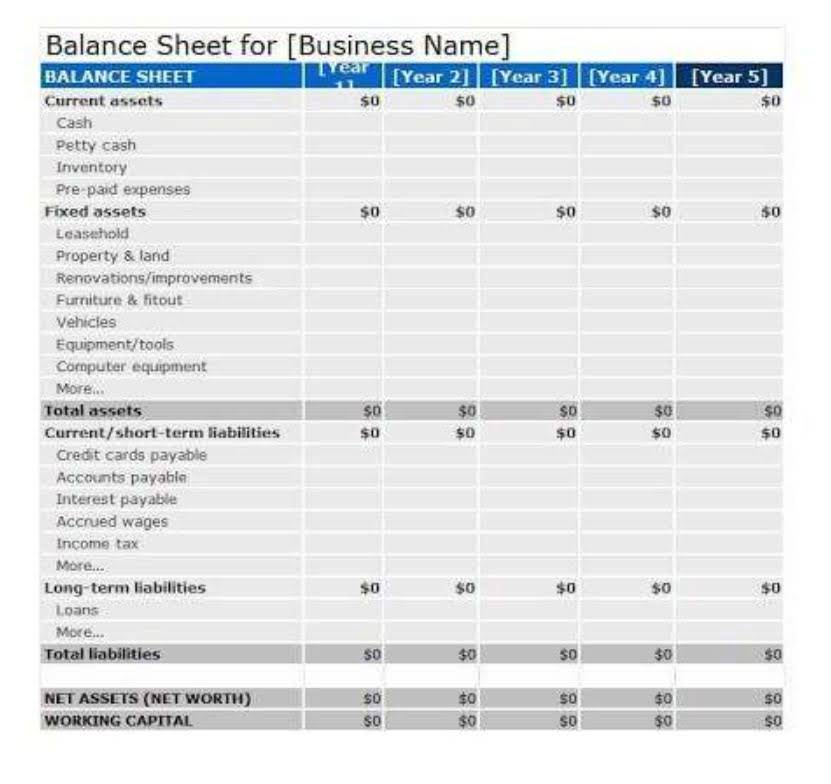
(a) Ideal Standard – It reflects a level of attainment on the basis of maximum possible efficiency. It is very essential to ascertain the type of standard used in setting up of the standards. (3) Setting of standards for each element of cost such as material, labour and overheads. The standard-cost process is mostly used to control the operating tasks.
- 6) Uniform Valuation of Stock – Under Standard Cost System, valuation of stock is done at standard cost.
- In other words, each apron must absorb a small portion of the fixed manufacturing overhead costs.
- Recall that we apply the overhead costs to the aprons by using the standard amount of direct labor hours.
- A record in the general ledger that is used to collect and store similar information.
- Furthermore, classifying costs can also help the management recognize high cost areas and reduce the costs within those areas.
What To Do With Variance Amounts

If the standards set do not meet any of these requirements, these standards cannot help the management of the business meet the objectives of standard costing. For example, if the QuickBooks standard set is not specific, then the management and the employees of the business will not realize what is expected of them. That part of a manufacturer’s inventory that is in the production process but not yet completed. This account contains the cost of the direct material, direct labor, and factory overhead in the products so far. A manufacturer must disclose in its financial statements the cost of its work-in-process as well as the cost of finished goods and materials on hand. Keep in mind that the standard cost is the cost allowed on the good output.

What is Standard Costing?
Since cost accounting is used internally and not shared standard costing system with external parties, such as shareholders, cost accounting does not require to be reported using specific standards or rules. This makes it different from financial accounting where specific standards and rules need to be followed for reporting purposes. Recall that the fixed manufacturing overhead costs (such as the large amount of rent paid at the start of every month) must be assigned to the aprons produced. In other words, each apron must absorb a small portion of the fixed manufacturing overhead costs. At DenimWorks, the fixed manufacturing overhead is assigned to the good output by multiplying the standard rate by the standard hours of direct labor in each apron. Hopefully, by the end of the year there will be enough good aprons produced to absorb all of the fixed manufacturing overhead costs.
- These standards are developed and implemented in during specific circumstances and once these circumstances are over, the business reverts back to long-term standards.
- The first factor to consider is when setting standards within a standard costing system, the standards should be specific, measurable, achievable, relevant and time-based.
- For the remainder of our explanation, we will use a common format for calculating variances.
- A manufacturer must disclose in its financial statements the cost of its work-in-process as well as the cost of finished goods and materials on hand.
- We will discuss later how to handle the balances in the variance accounts under the heading What To Do With Variance Amounts.
- Thus it is an economical method of costing and brings efficiency in production.
Current Standards
Cost standards are predetermined targets, usually based on desired performance. They provide a means of comparison that serves to evaluate actual performance. Any activity of recurring nature is susceptible for setting standards. Furthermore, the management of the business, before setting up a standard cost system, should classify and codify all the relevant Accounting for Marketing Agencies costs.
For example, a company will have a Cash account in which every transaction involving cash is recorded. A company selling merchandise on credit will record these sales in a Sales account and in an Accounts Receivable account. For the remainder of our explanation, we will use a common format for calculating variances.

